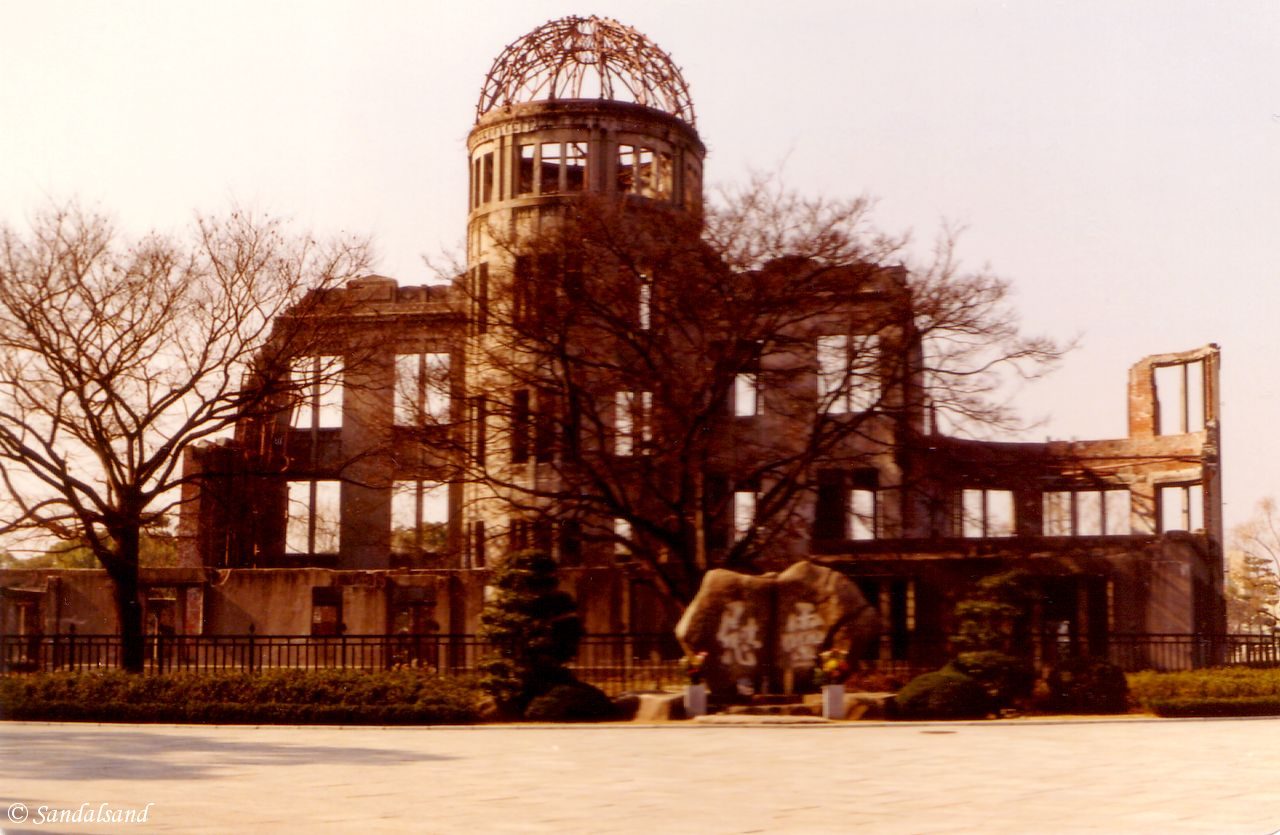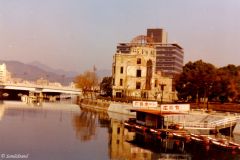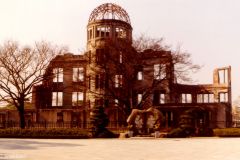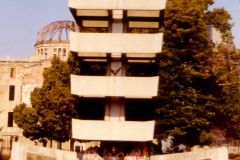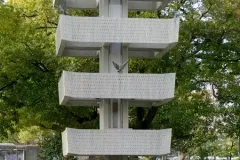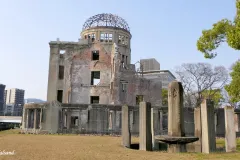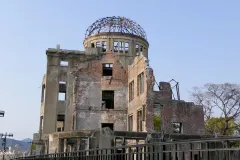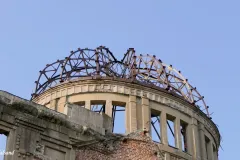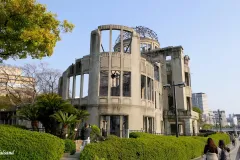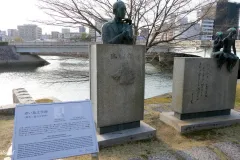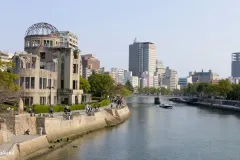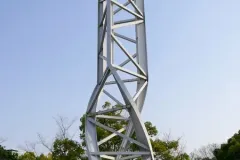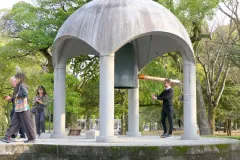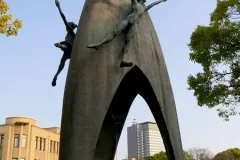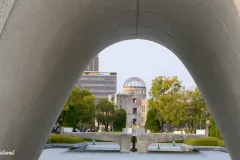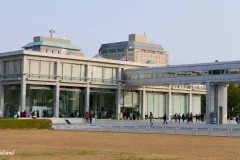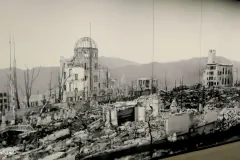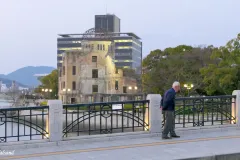The Atomic bomb has been used twice with the aim to inflict death. The first time was over Hiroshima in Japan.
Official facts
- Full name of site: Hiroshima Peace Memorial (Genbaku Dome)
- Country: Japan
- Date of Inscription: 1987
- Category: Cultural site
UNESCO’s World Heritage Centre’s short description of site no. 775:
“The Hiroshima Peace Memorial (Genbaku Dome) was the only structure left standing in the area where the first atomic bomb exploded on 6 August 1945. Through the efforts of many people, including those of the city of Hiroshima, it has been preserved in the same state as immediately after the bombing. Not only is it a stark and powerful symbol of the most destructive force ever created by humankind; it also expresses the hope for world peace and the ultimate elimination of all nuclear weapons.”
My visit
Hiroshima will forever be remembered as the site of the first nuclear bomb attack on a specific target. The aim was to create maximum terror in the Japanese population in order to avoid a prolonged invasion war. The city of Nagasaki to the south was the second target three days later. Being second it is not as much remembered as Hiroshima even though the effect was just as disastrous there.
The UNESCO World Heritage List includes more than a thousand properties with outstanding universal value. They are all part of the world’s cultural and natural heritage.
In any case I came to Hiroshima in 1985, almost forty years after the bomb. I sat down in the tranquil Peace Park and wrote a letter home. This park and the A-bomb dome are 300 metres below where the bomb exploded in mid-air. The Dome stands with its steel skeleton as an eternal reminder of the horror of nuclear weapons, and as a warning to us never to use them again.
Read more about my visit in 1985. I took these pictures back then.
I returned to this site another 40 years on, in 2025. Pictures from this visit follow below, but I feel that my original text reveals my sentiments both then and now. My advice to future visitors is to walk down the park to the south of the Dome and finish off with the museum. It is a very good museum.
Browse to the PREVIOUS or NEXT post in this series.

